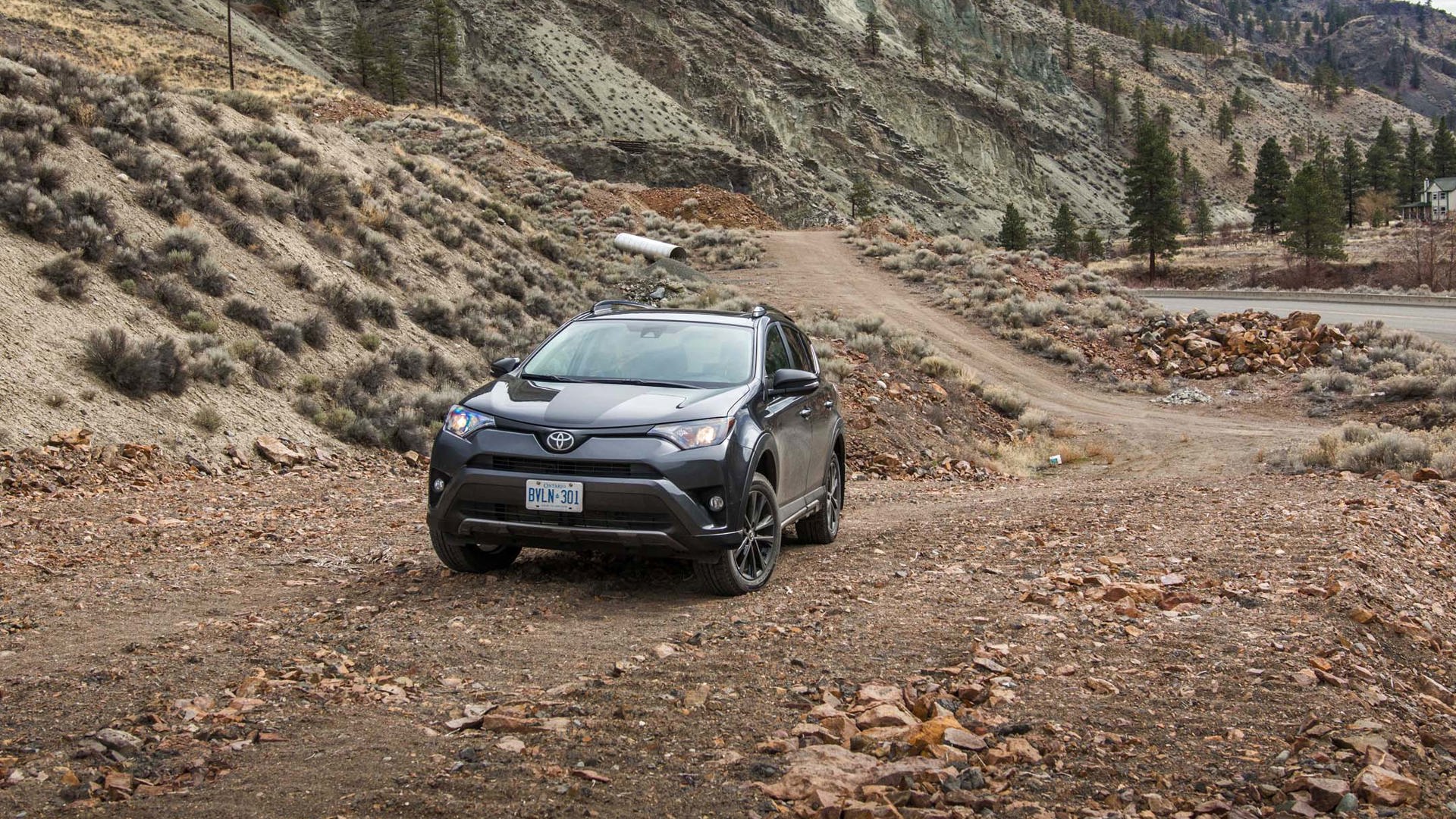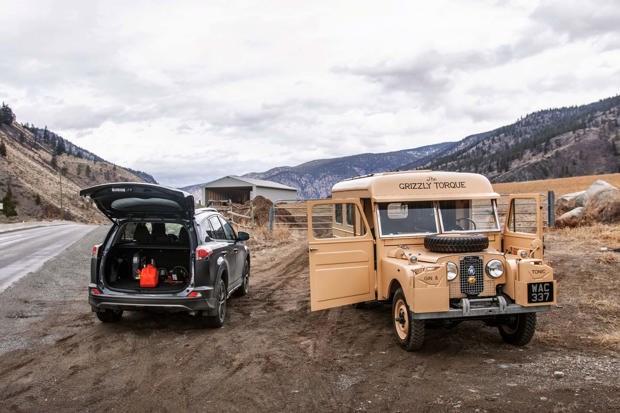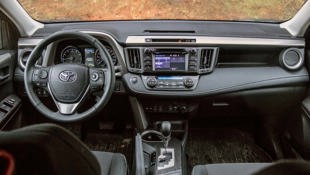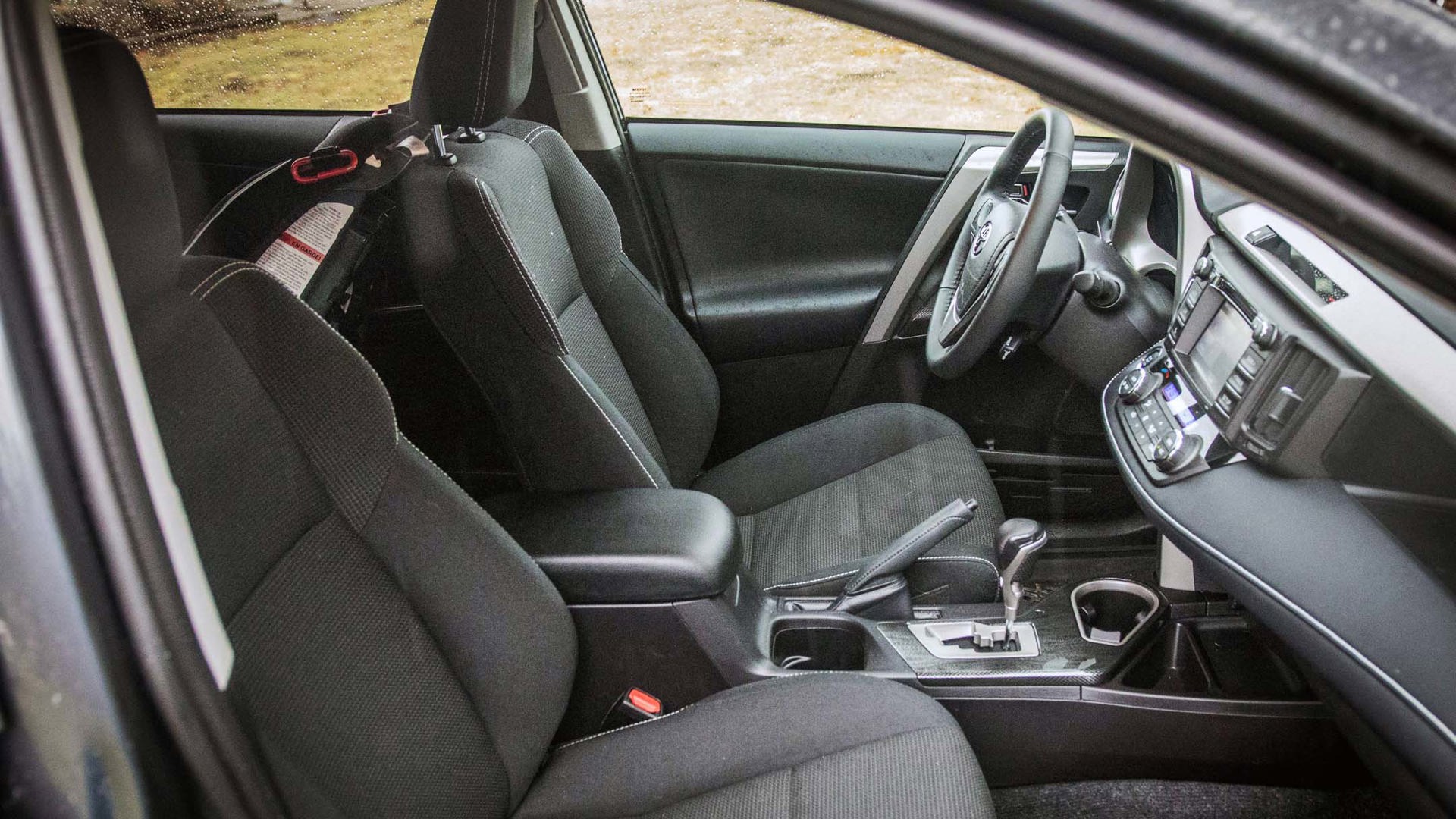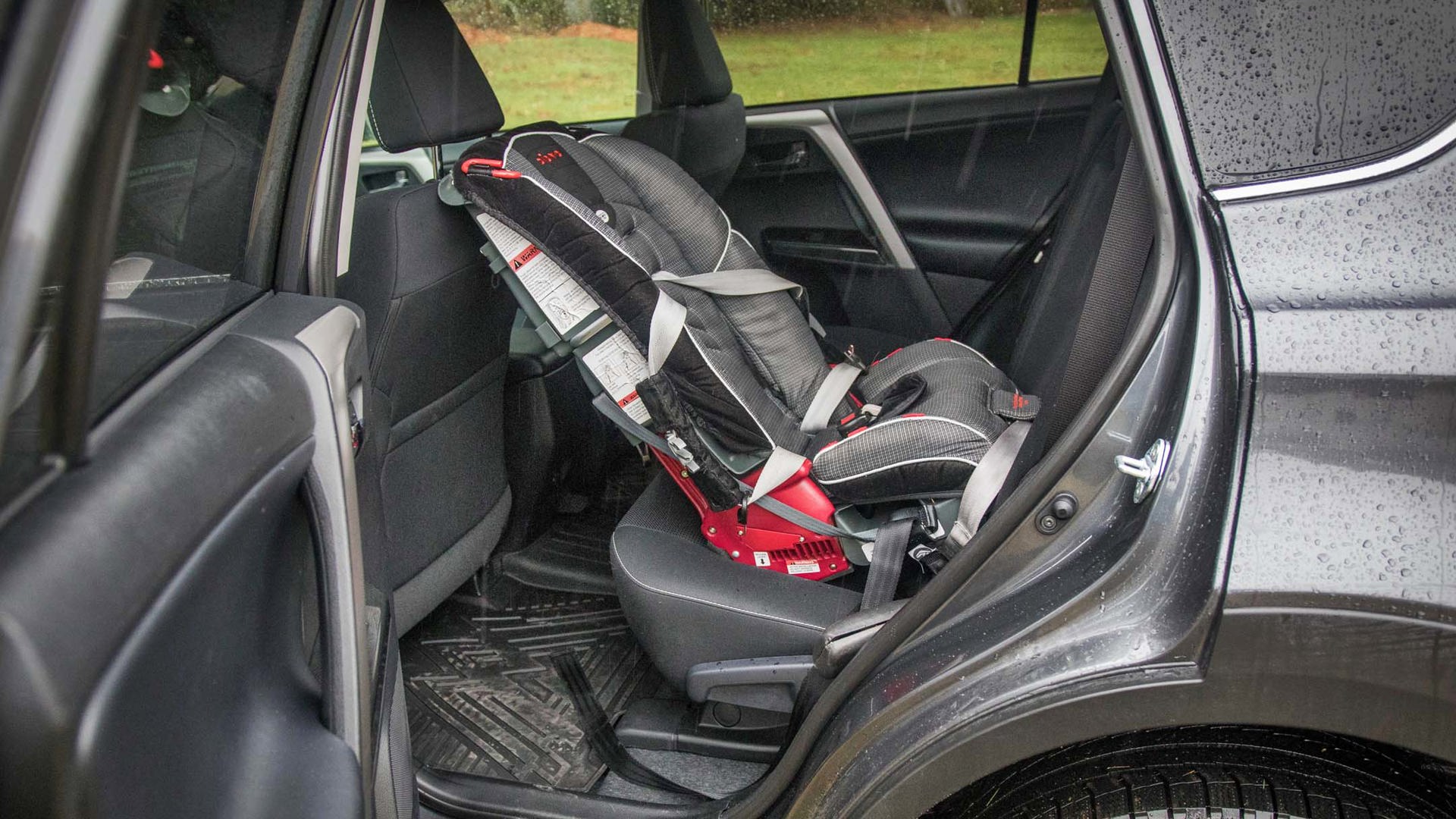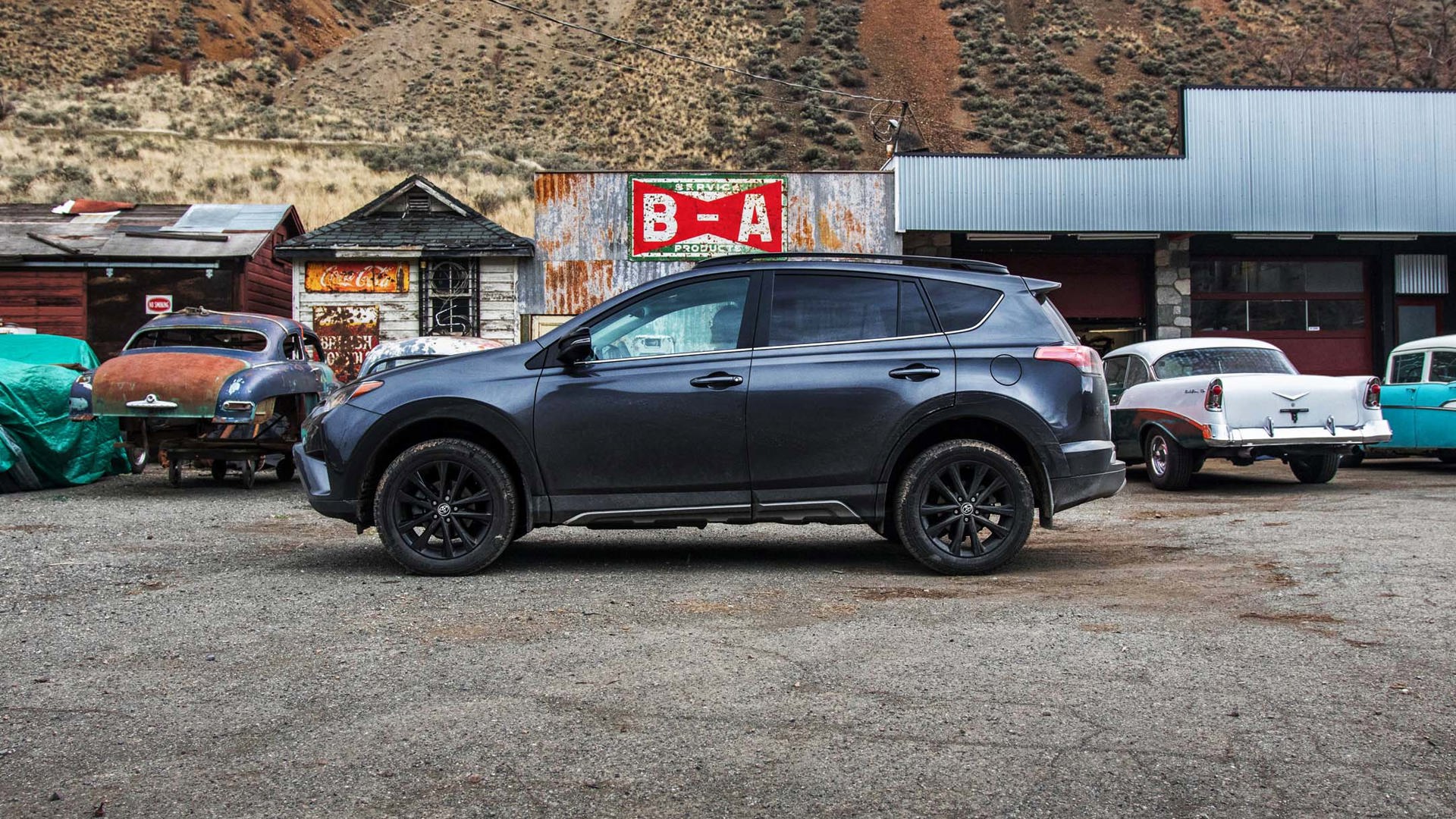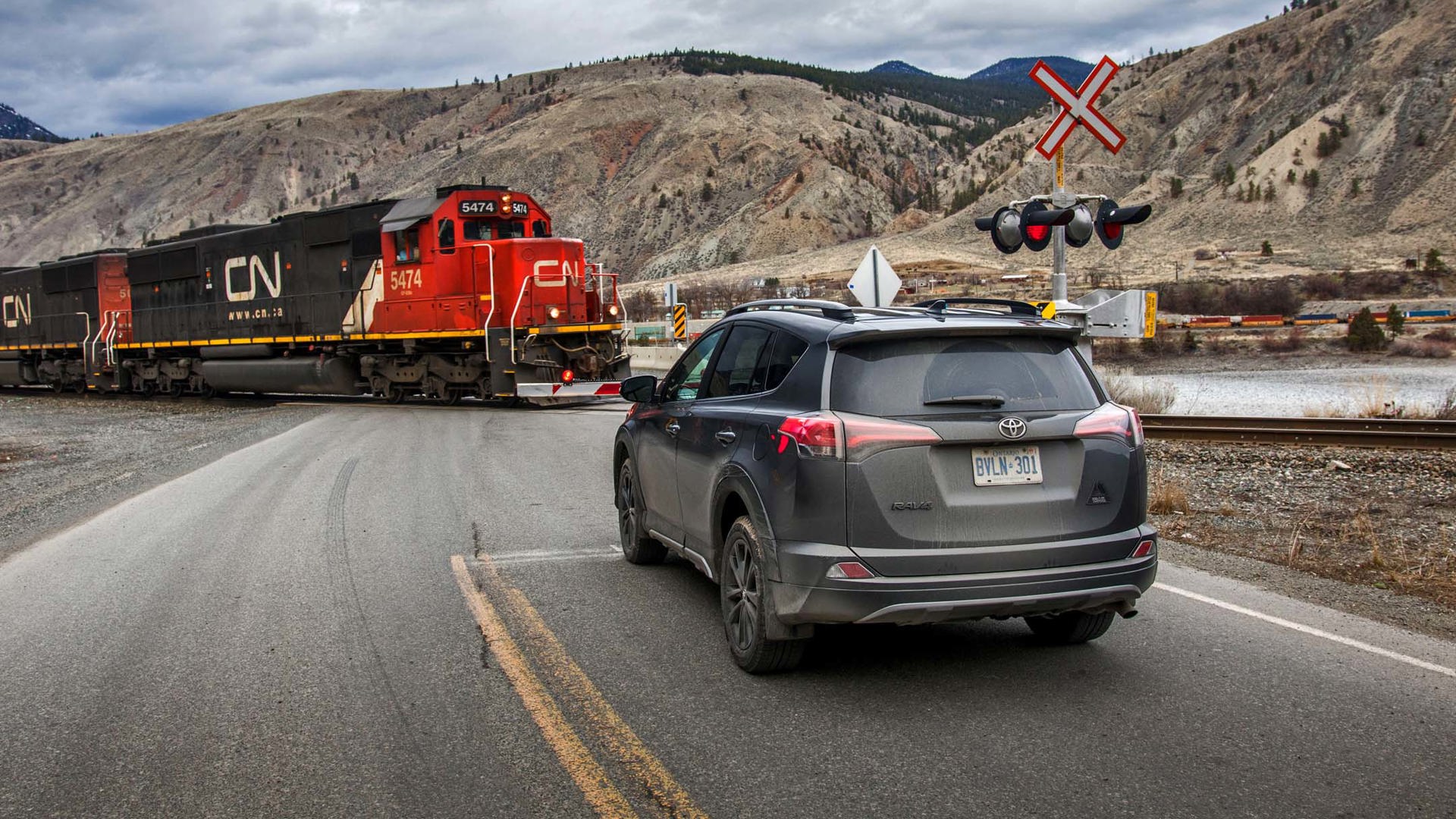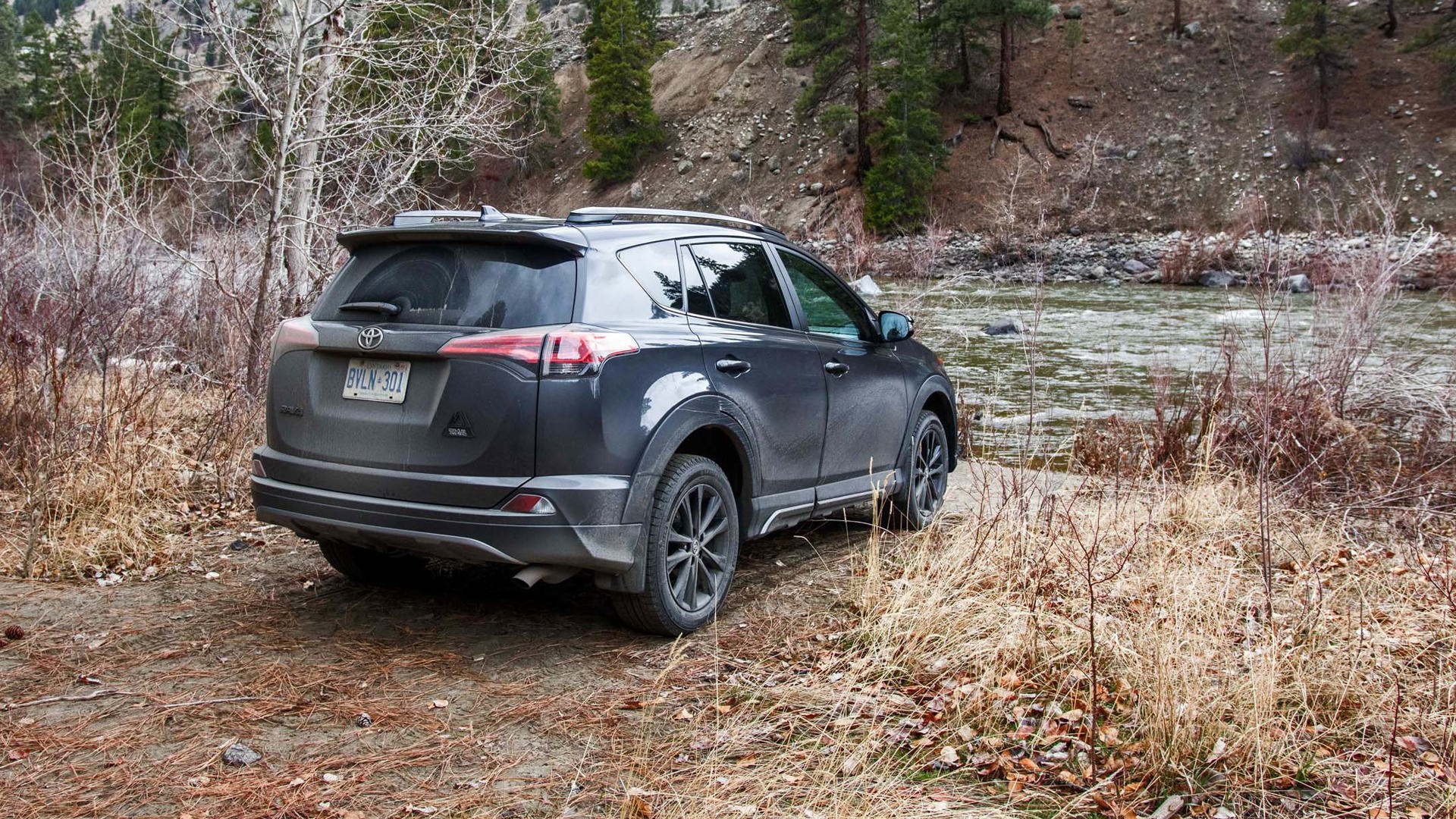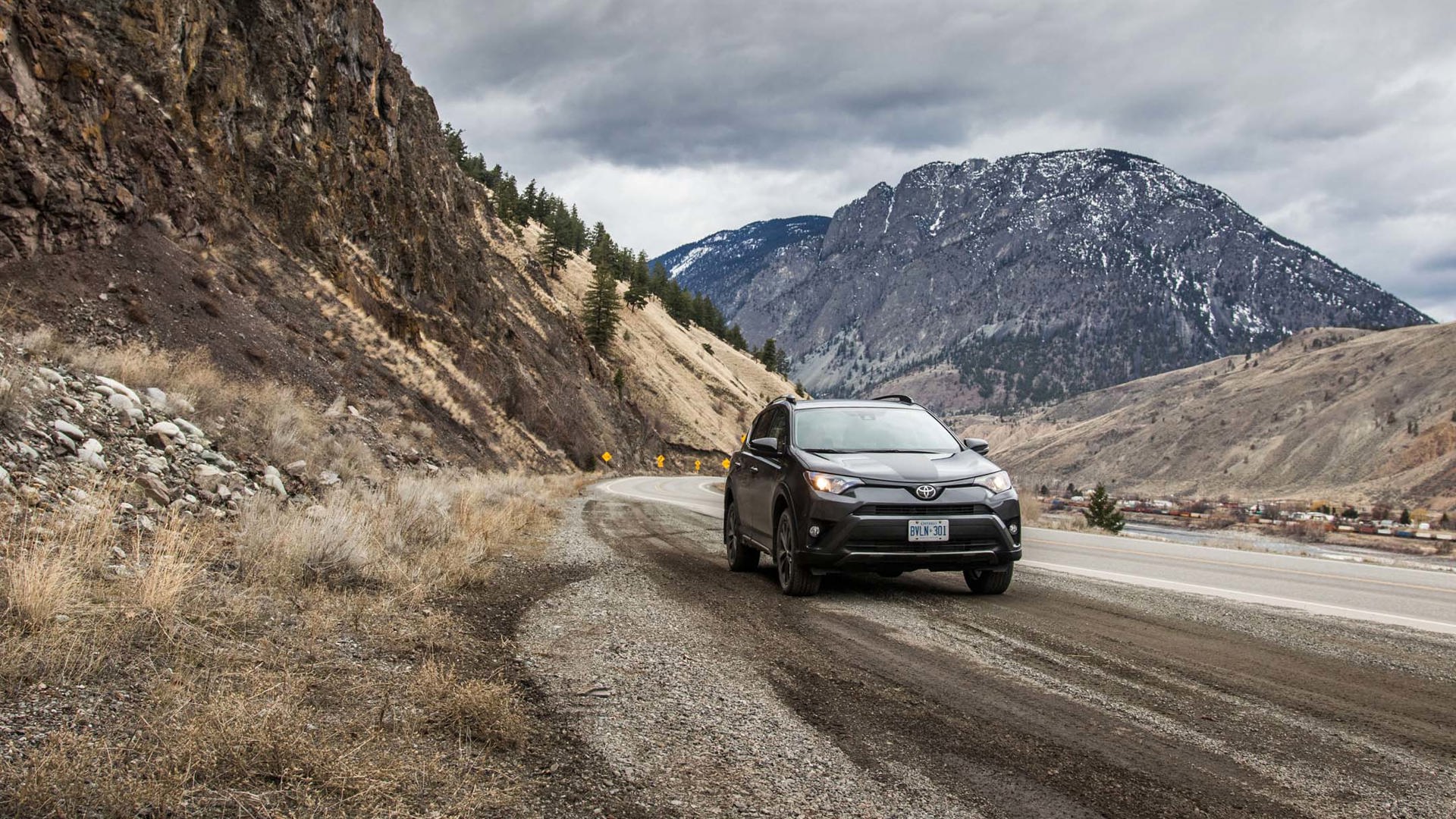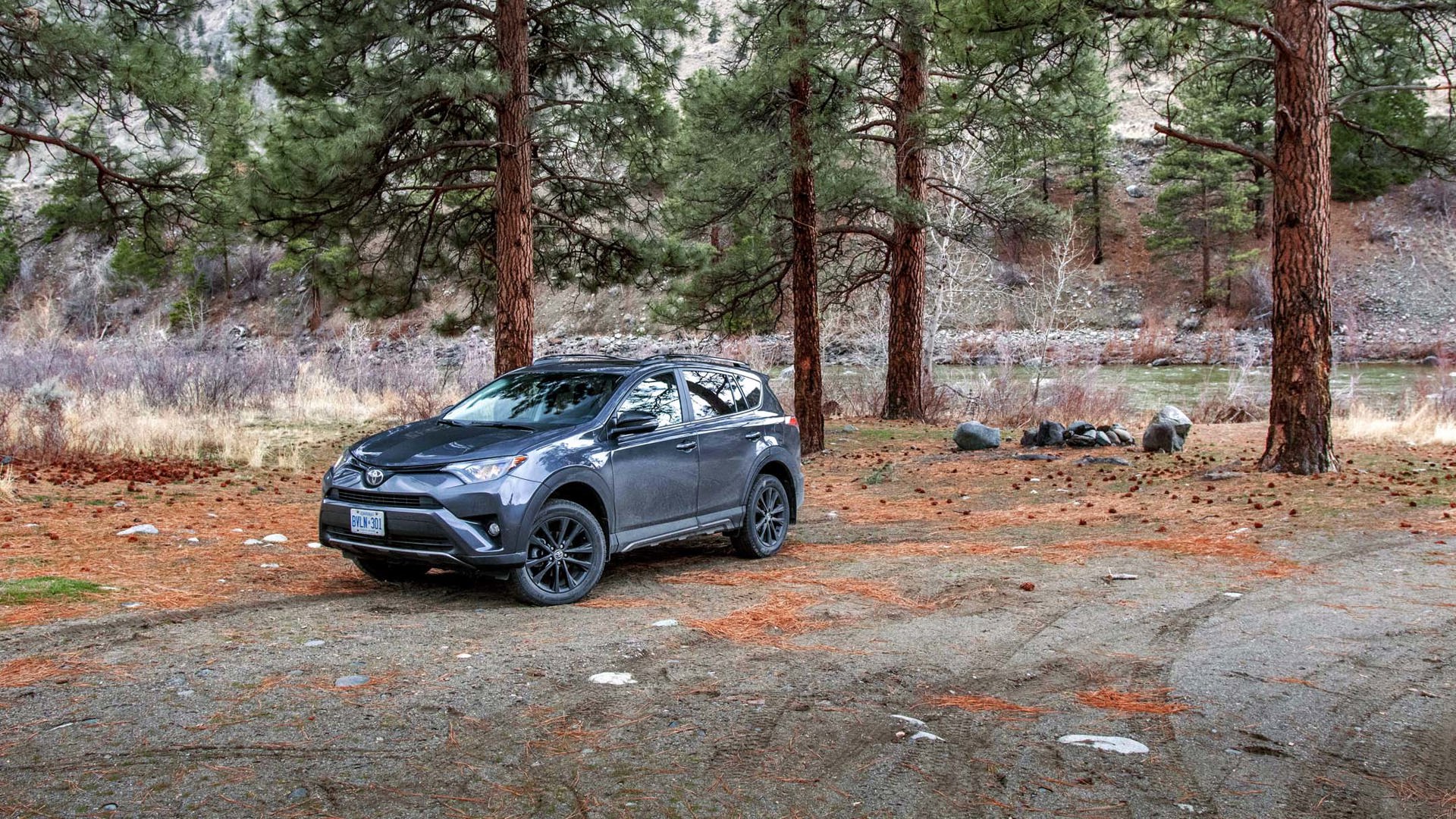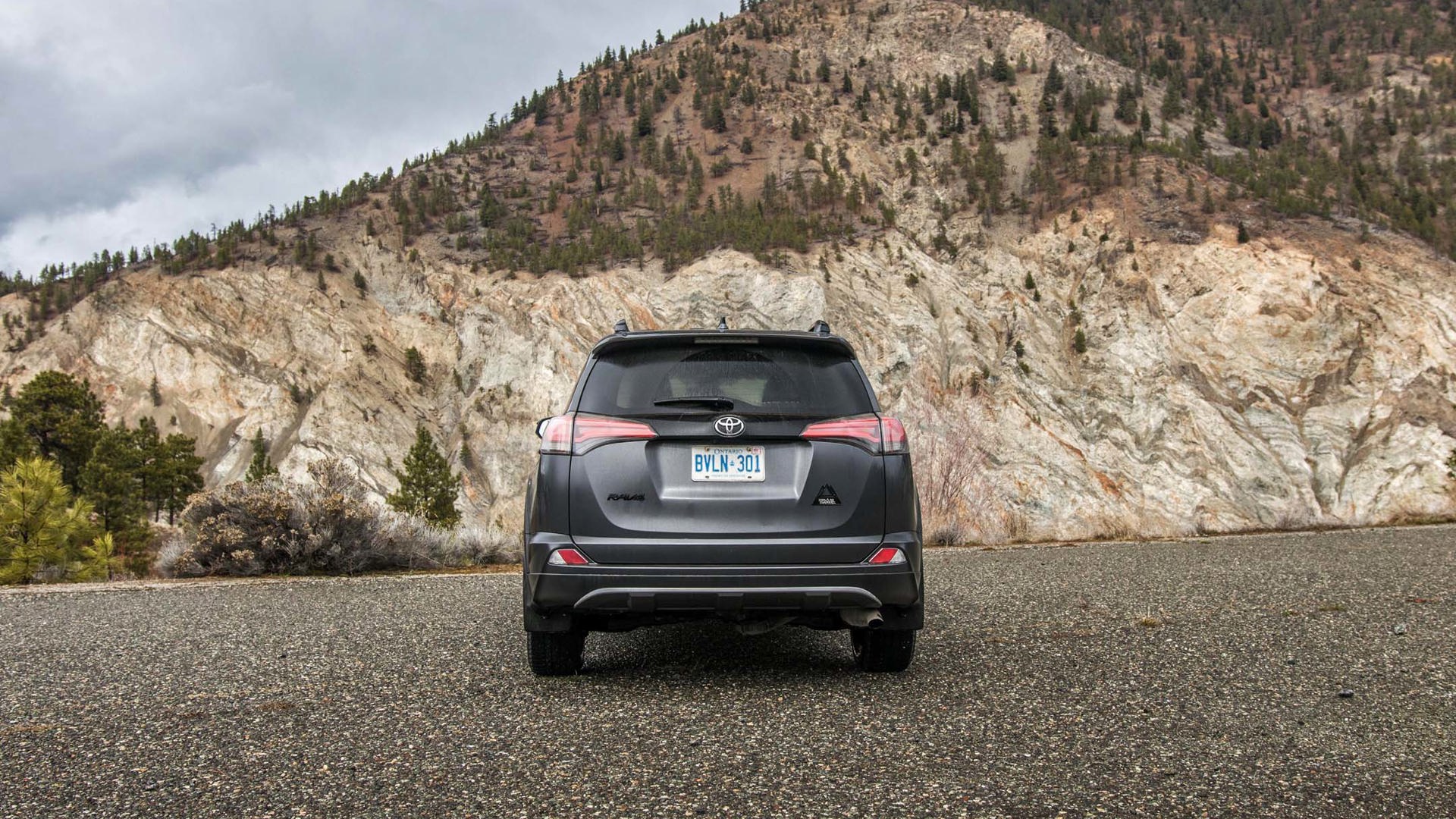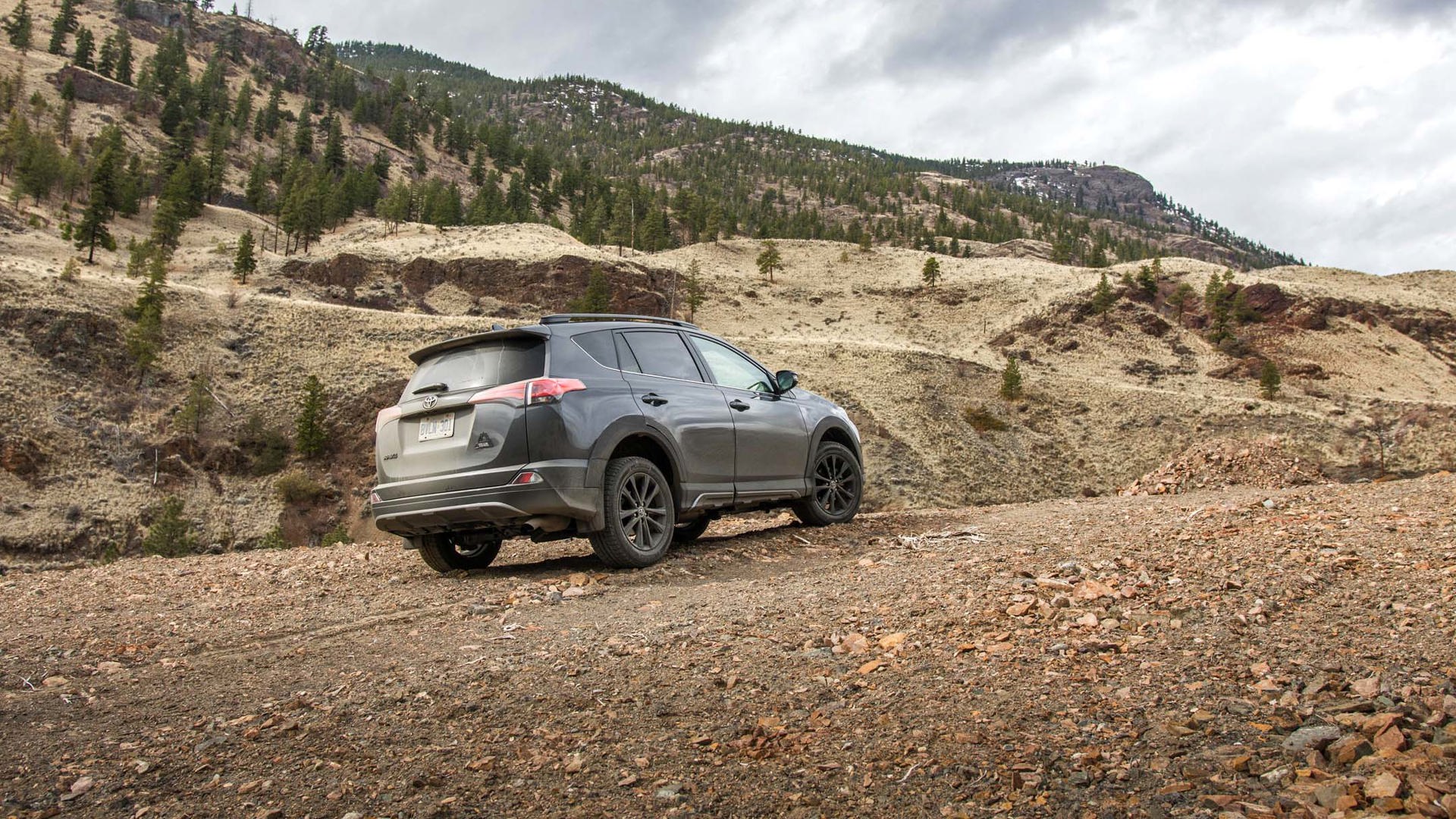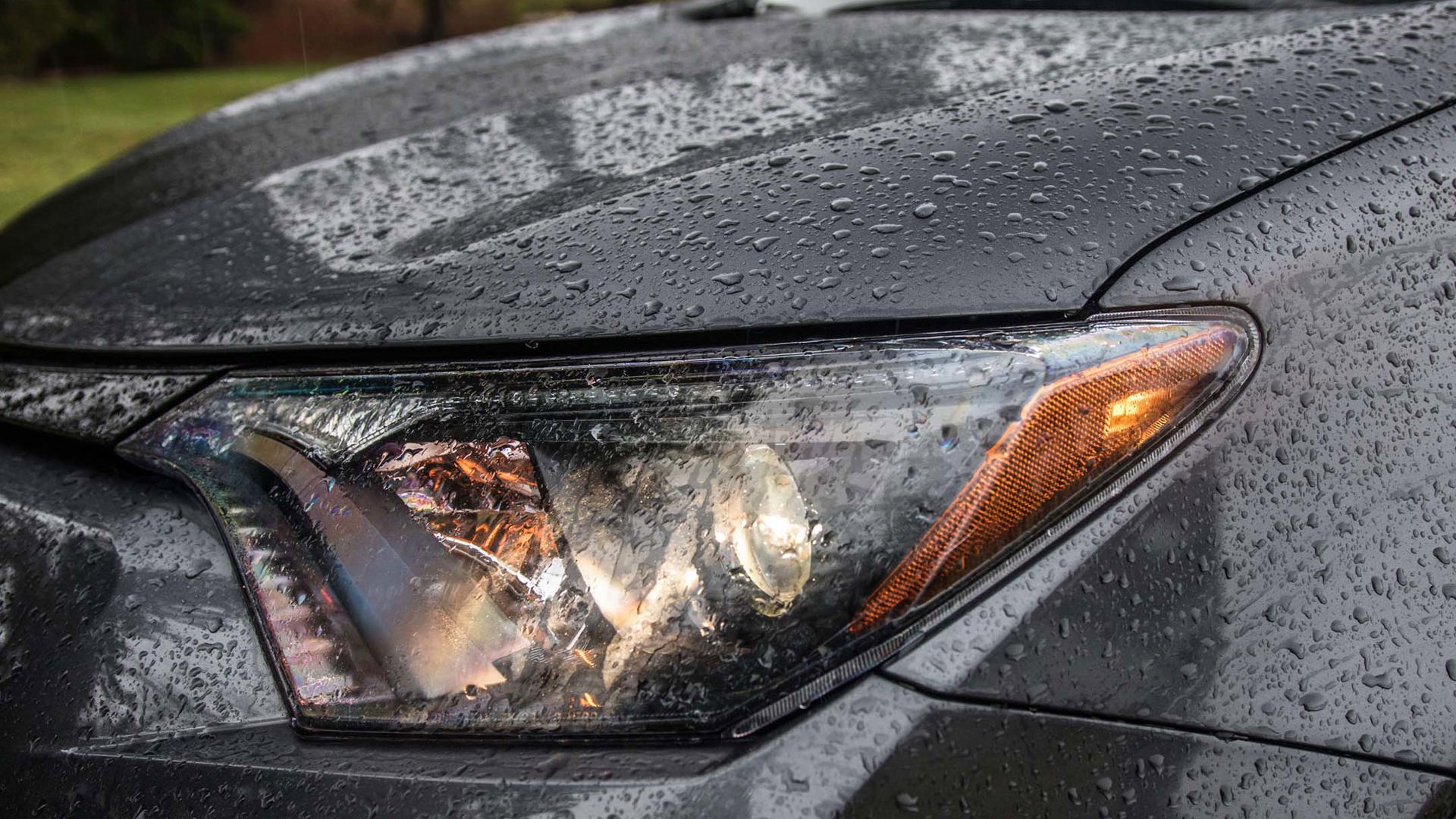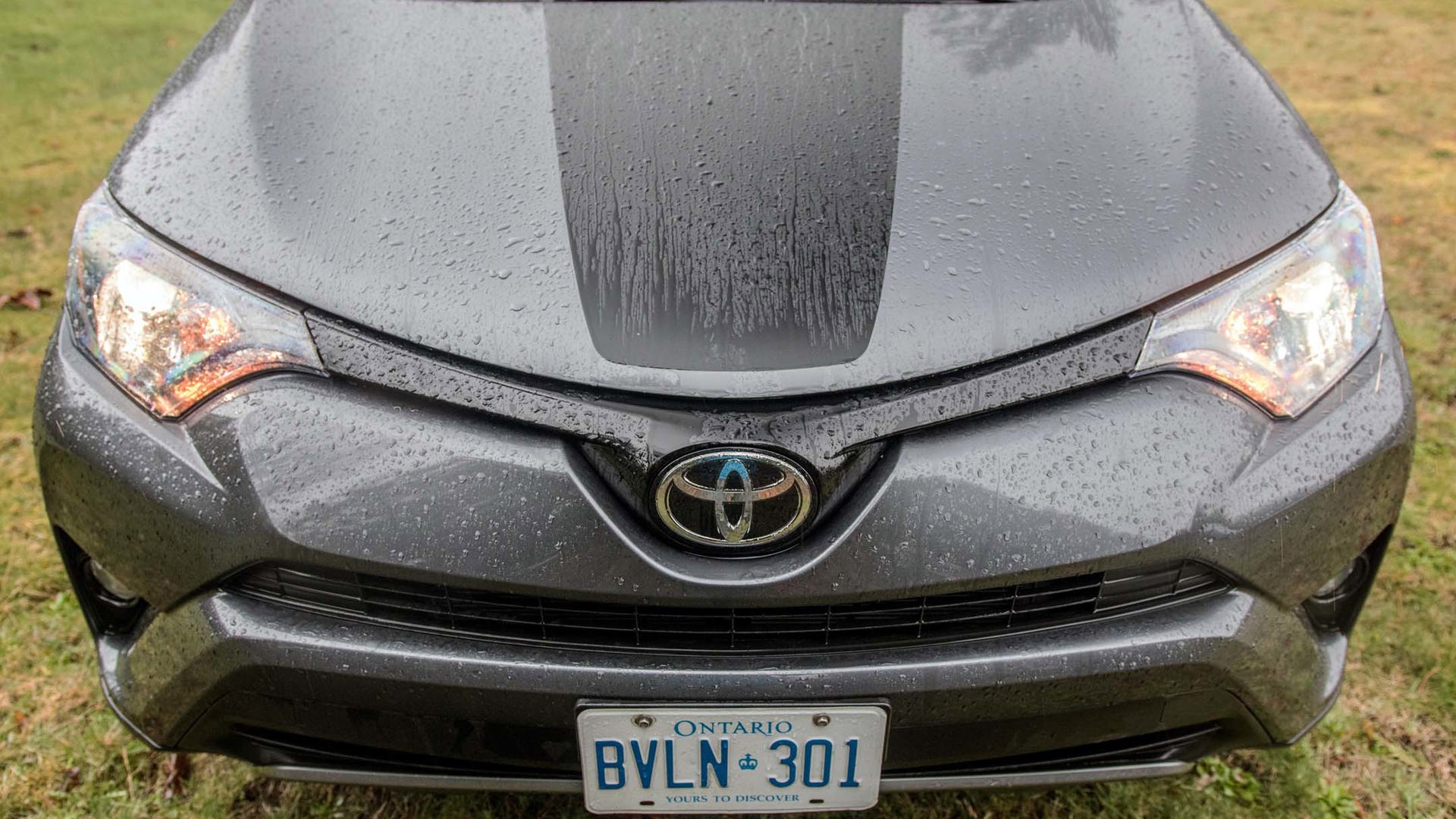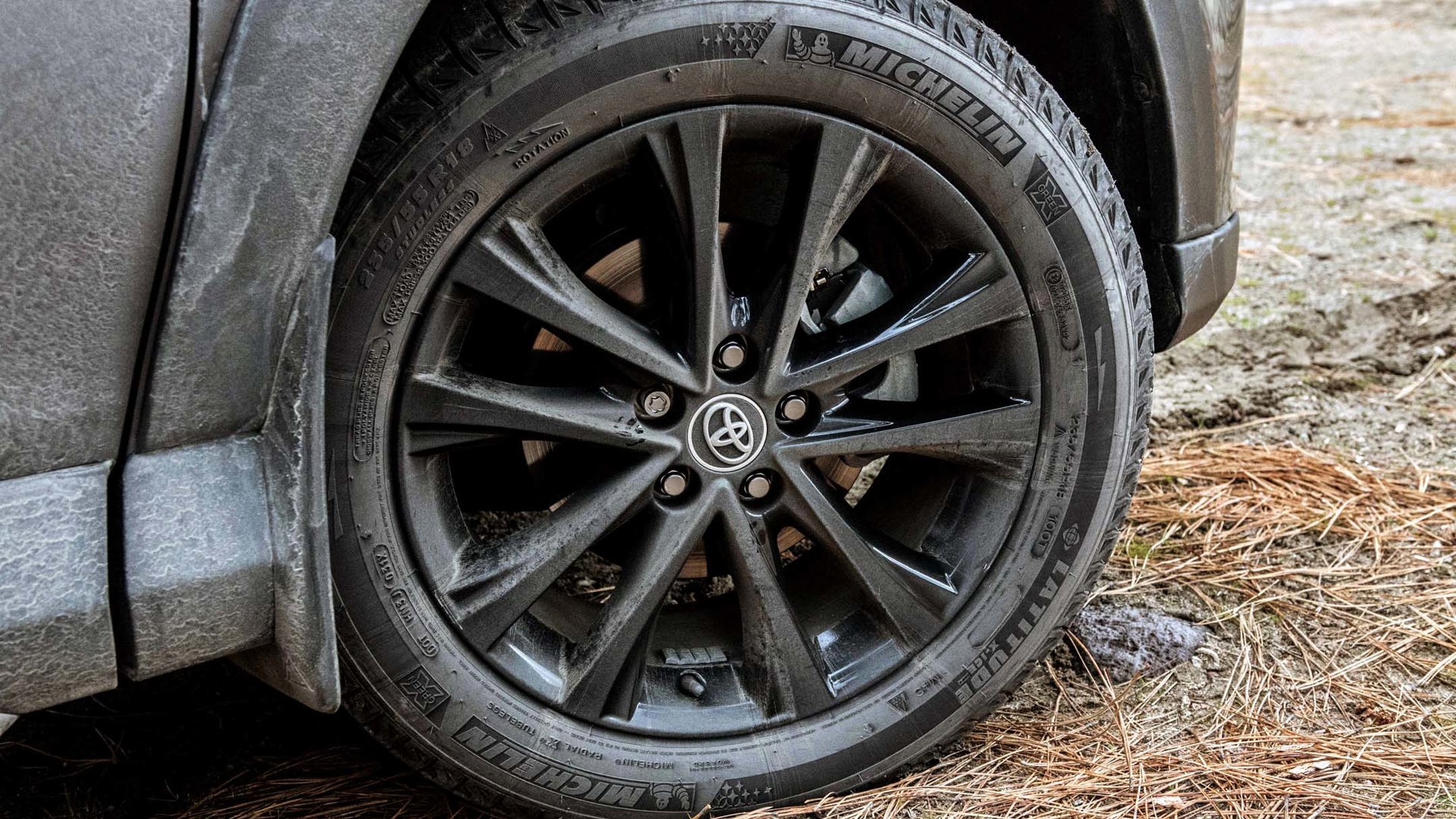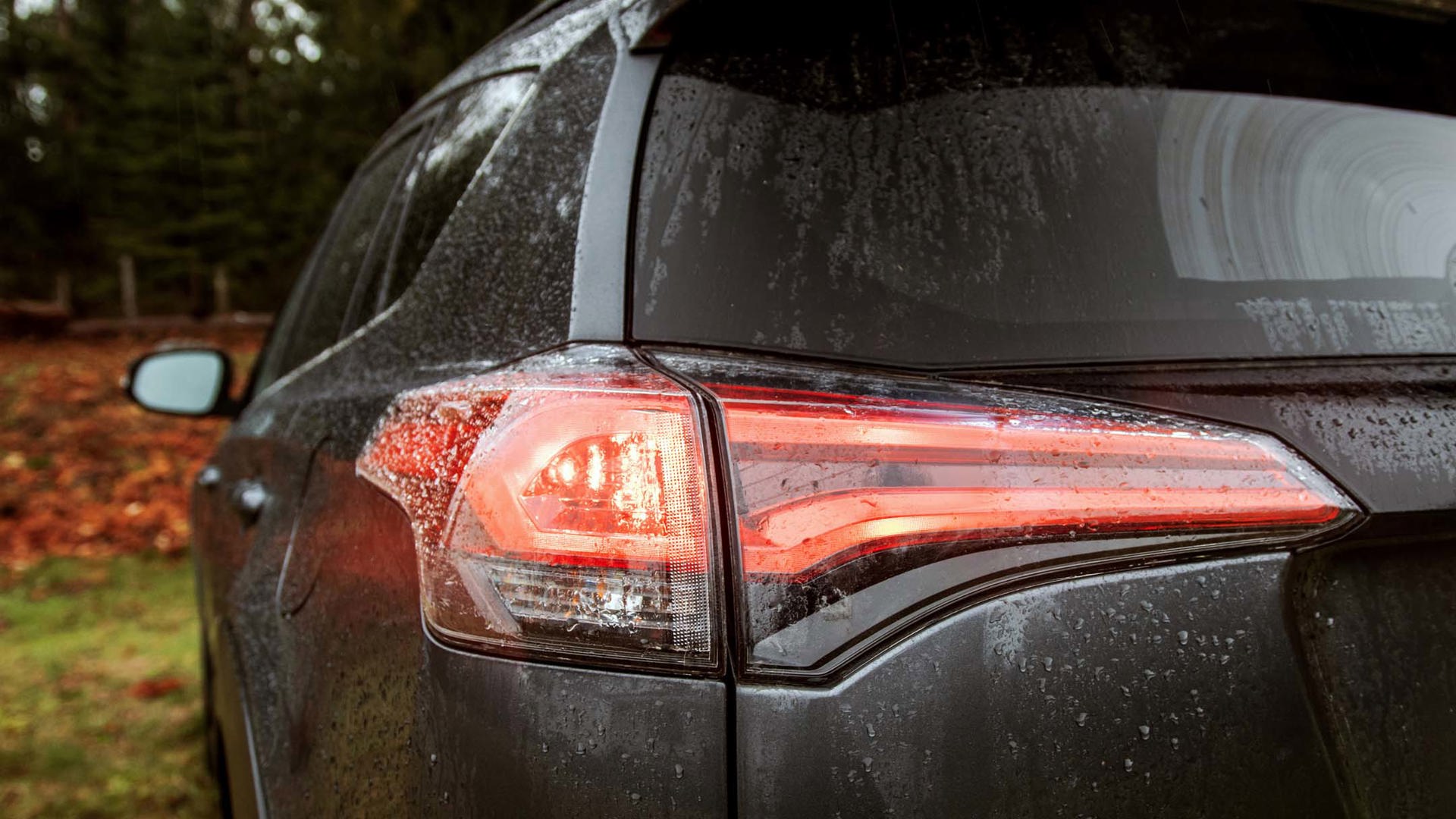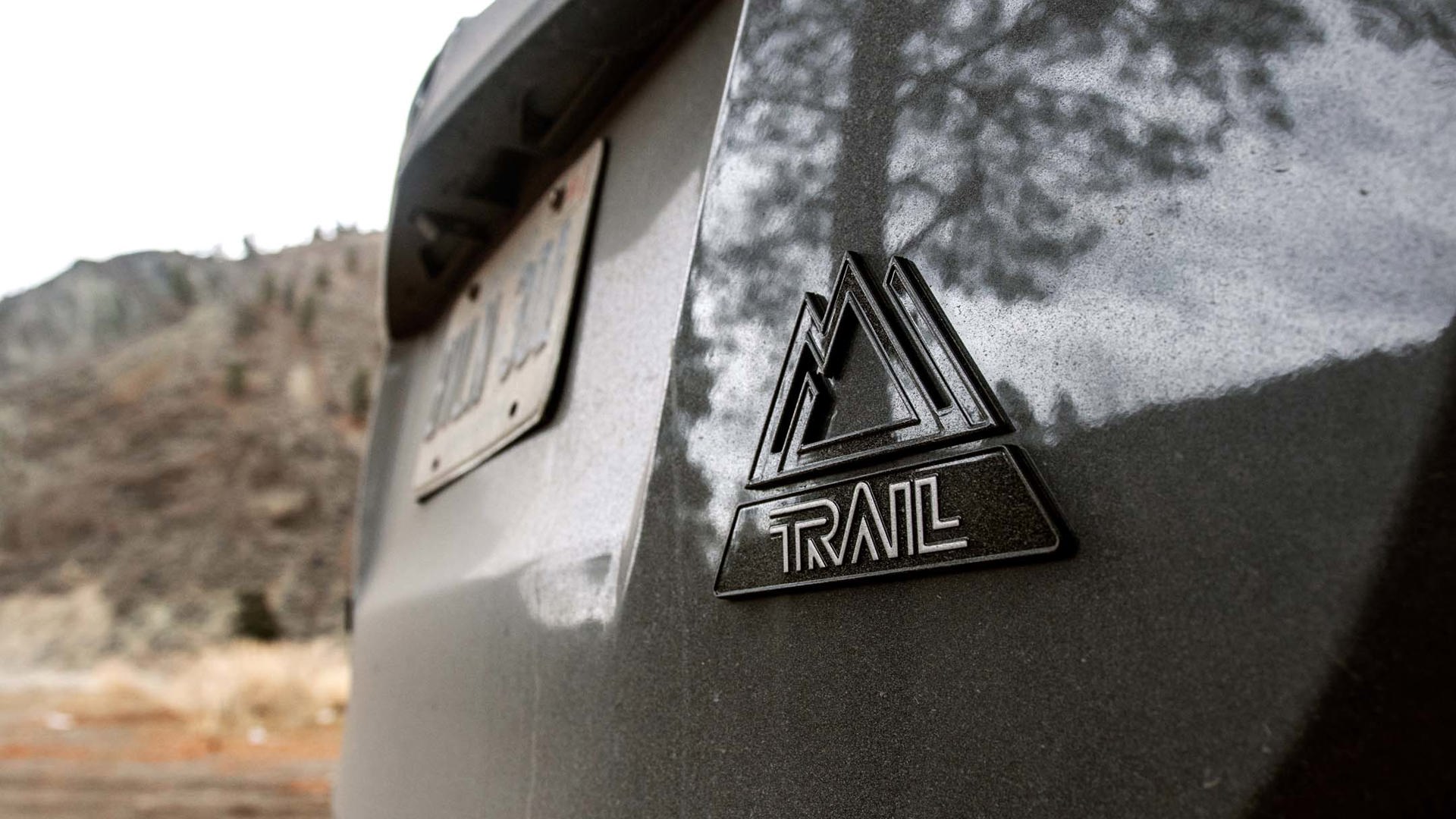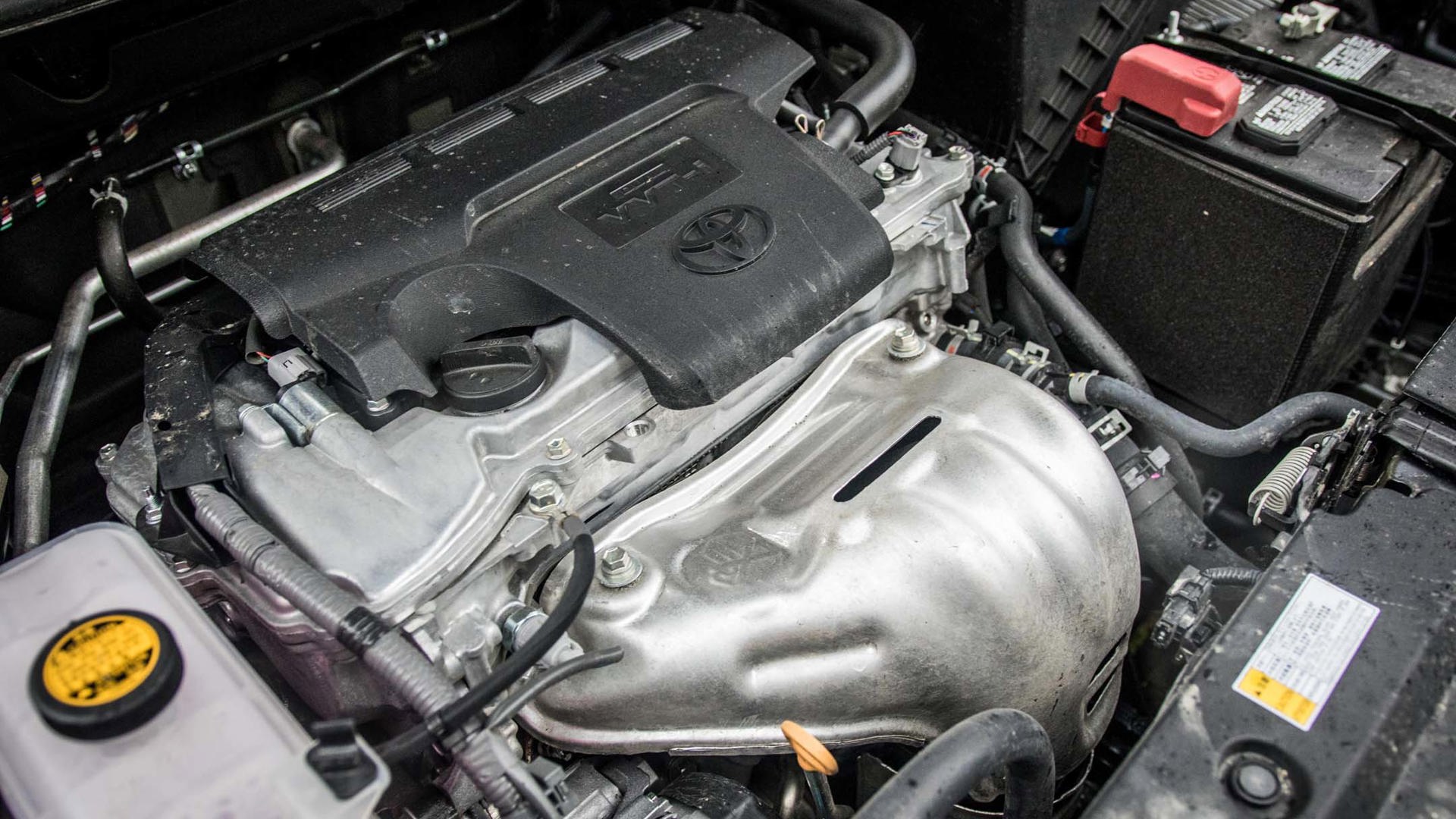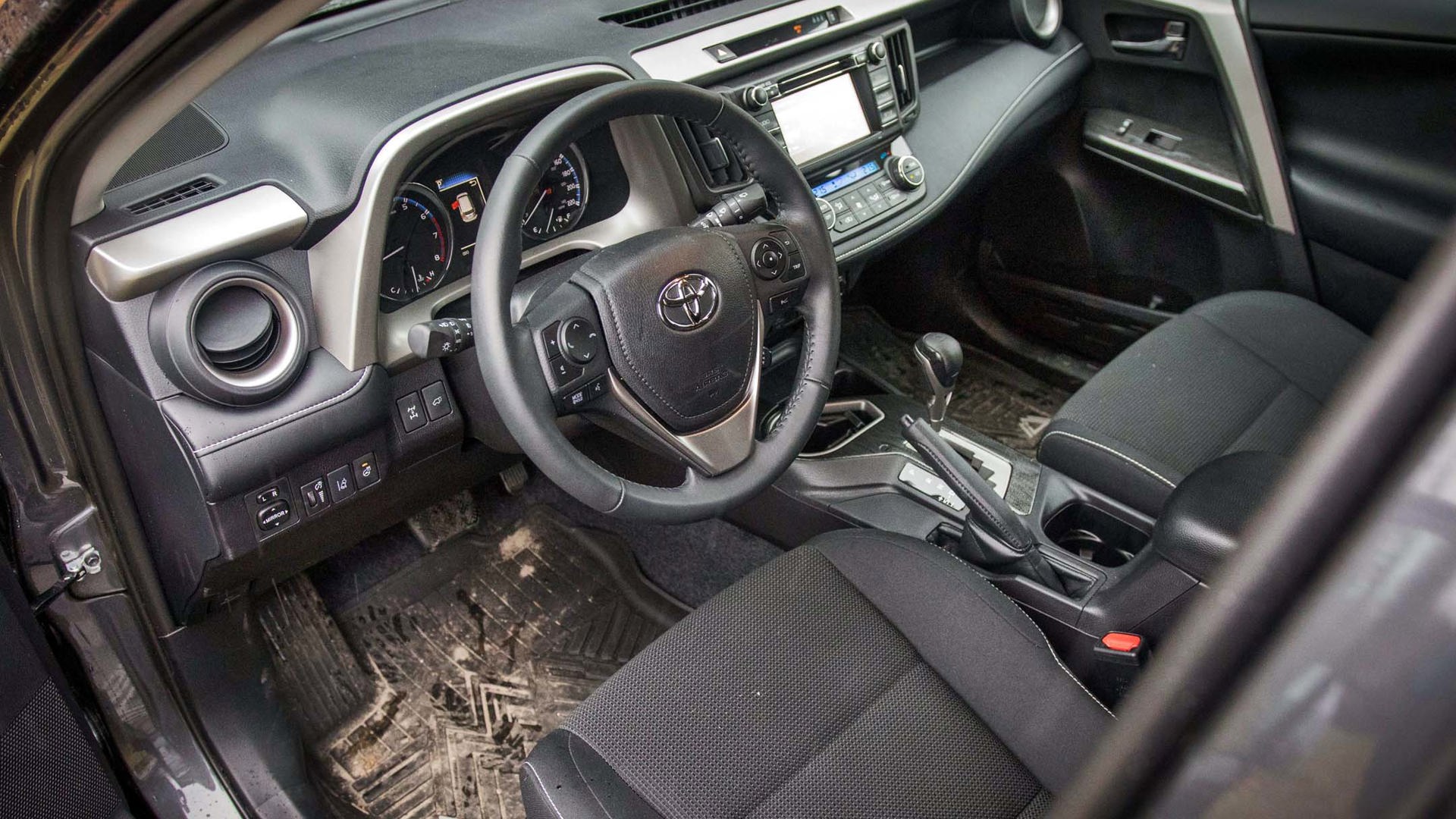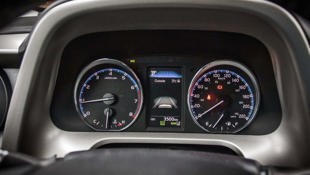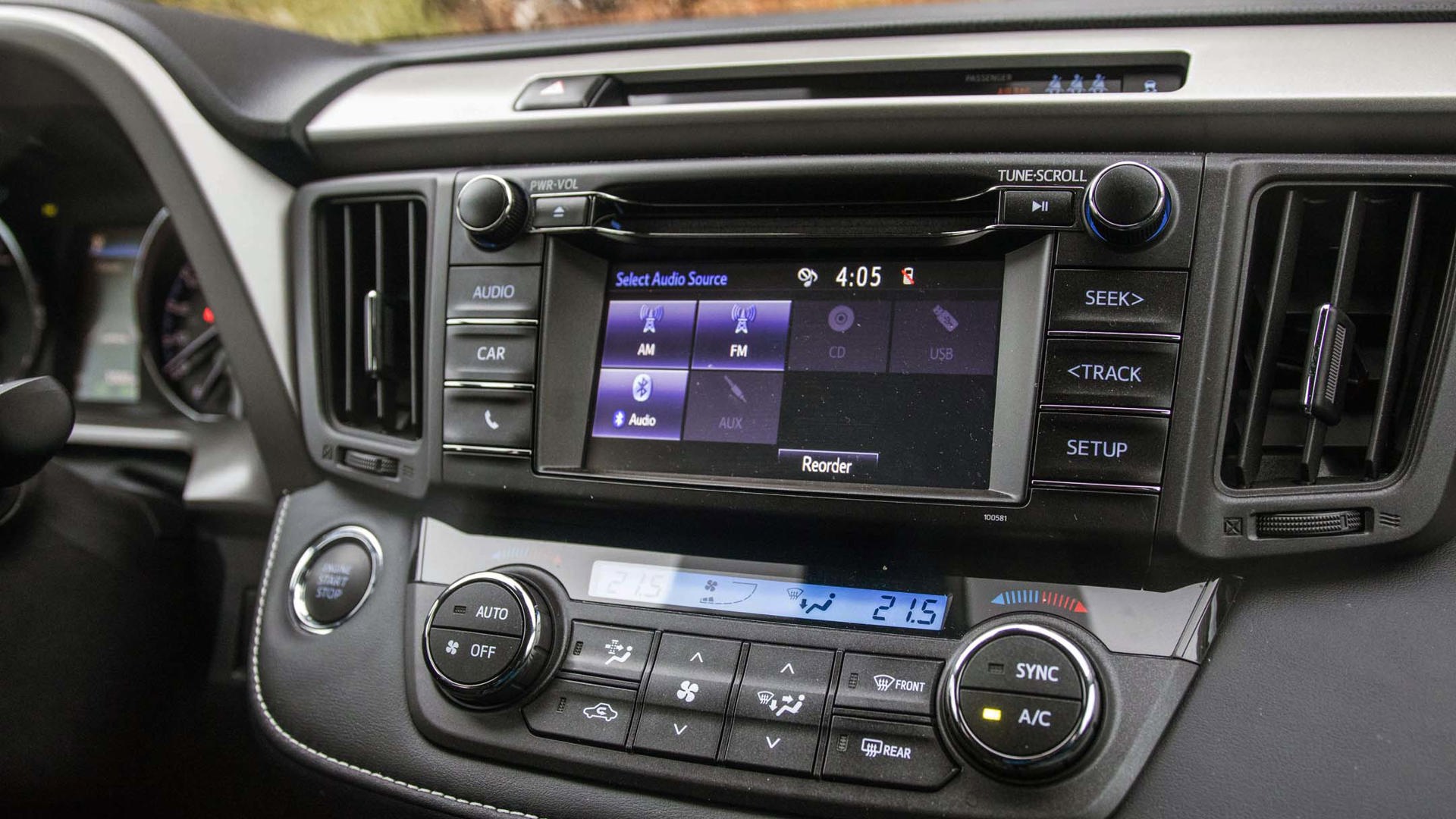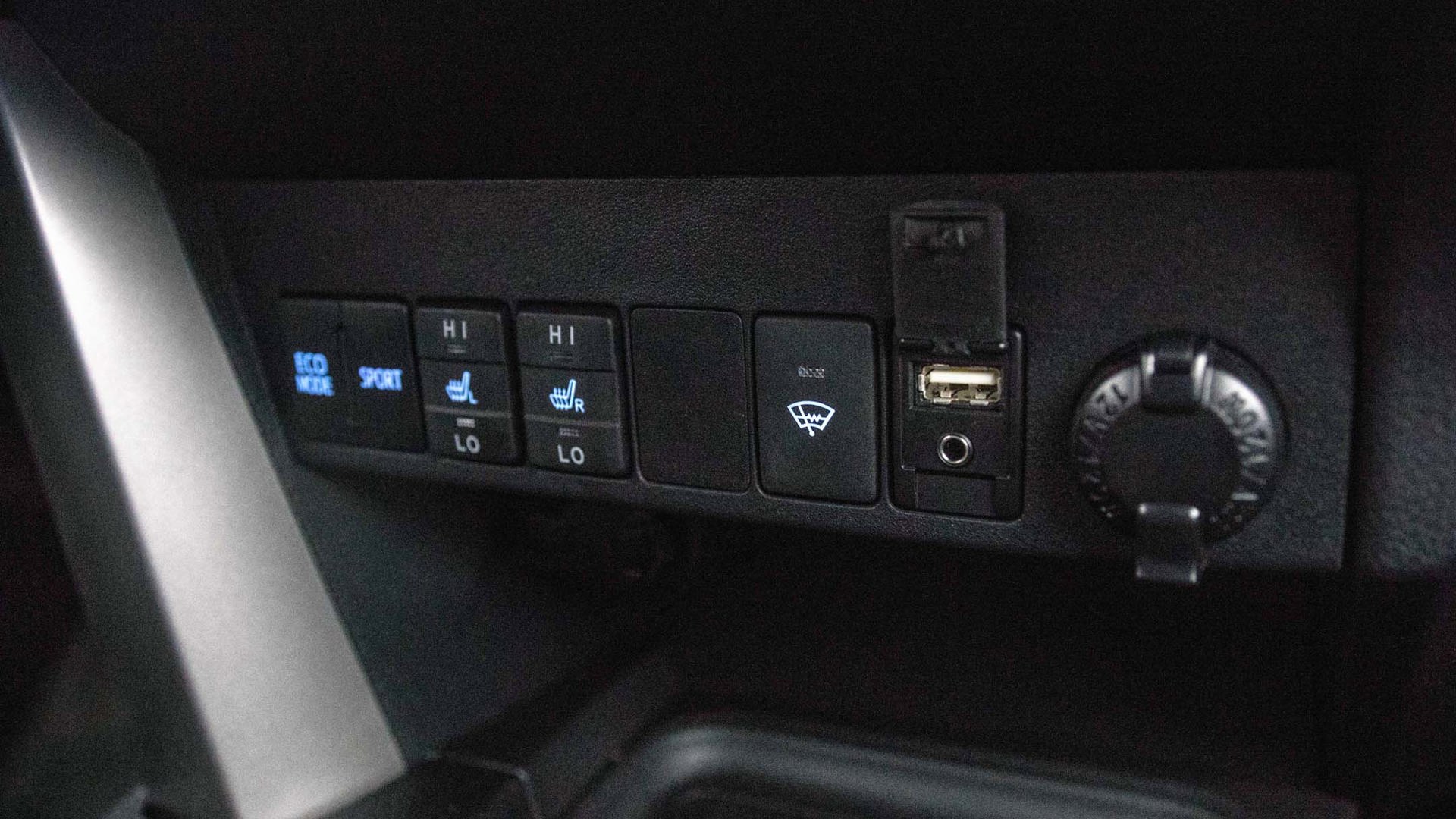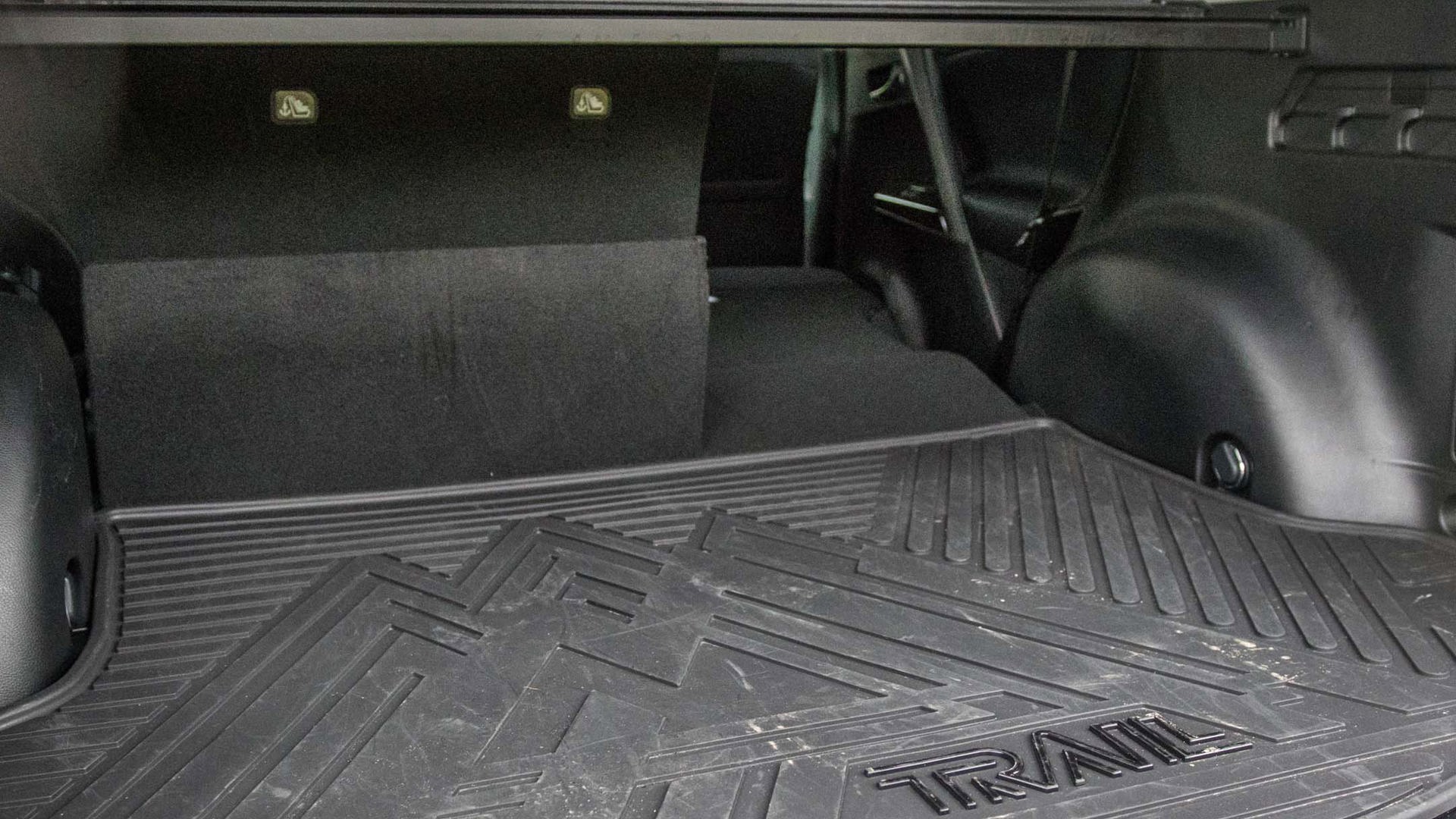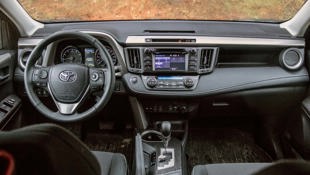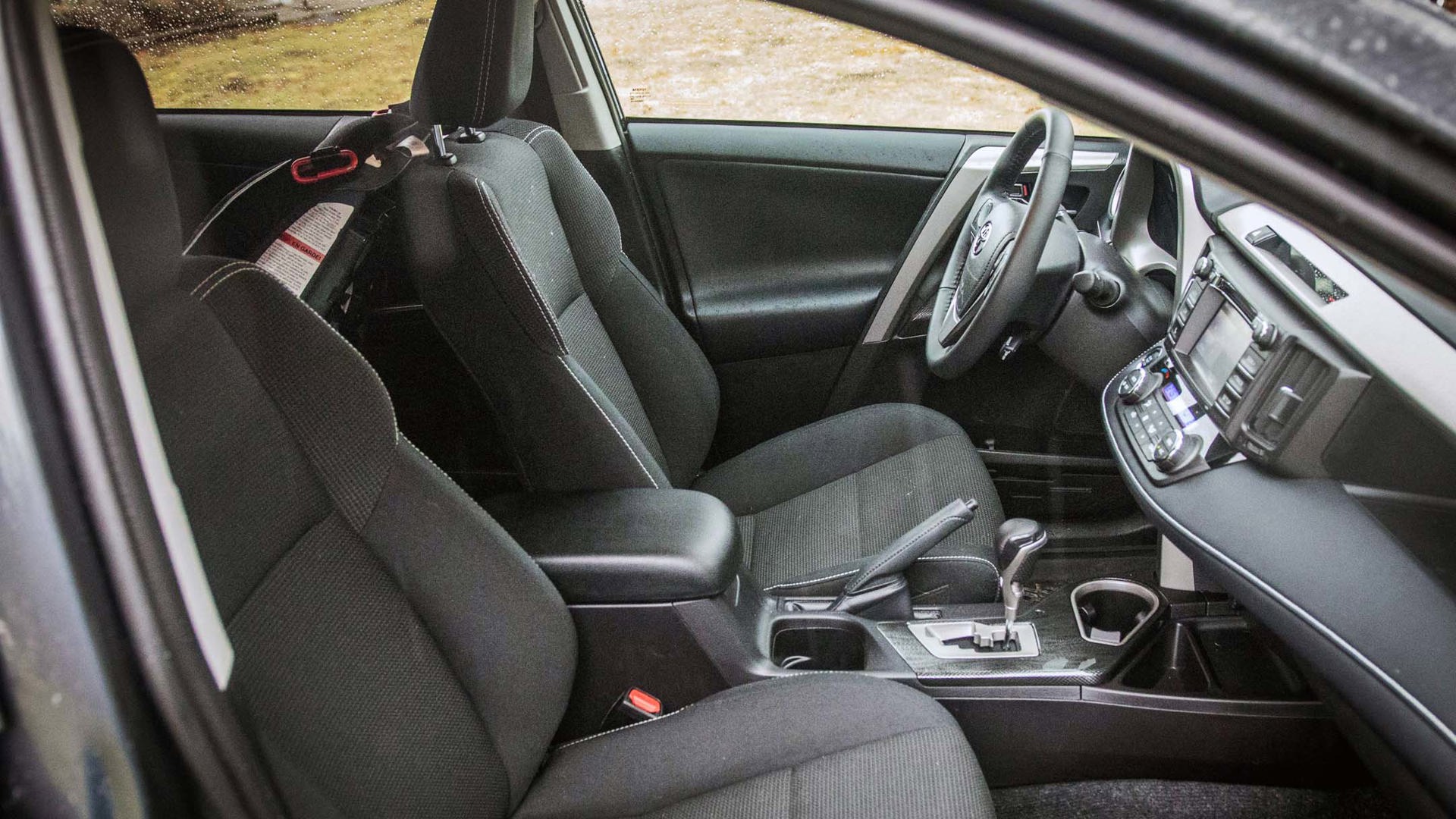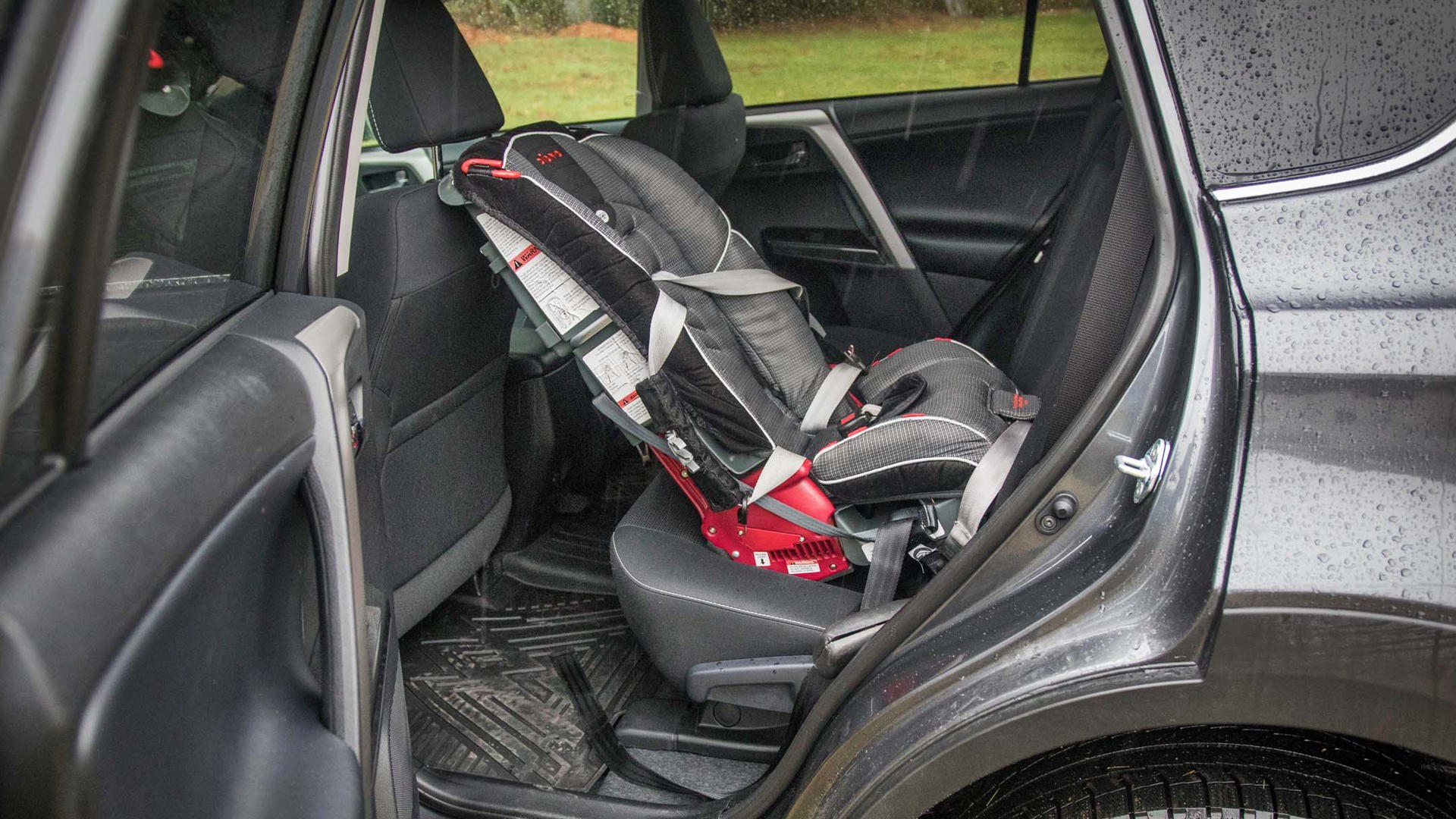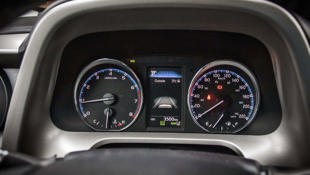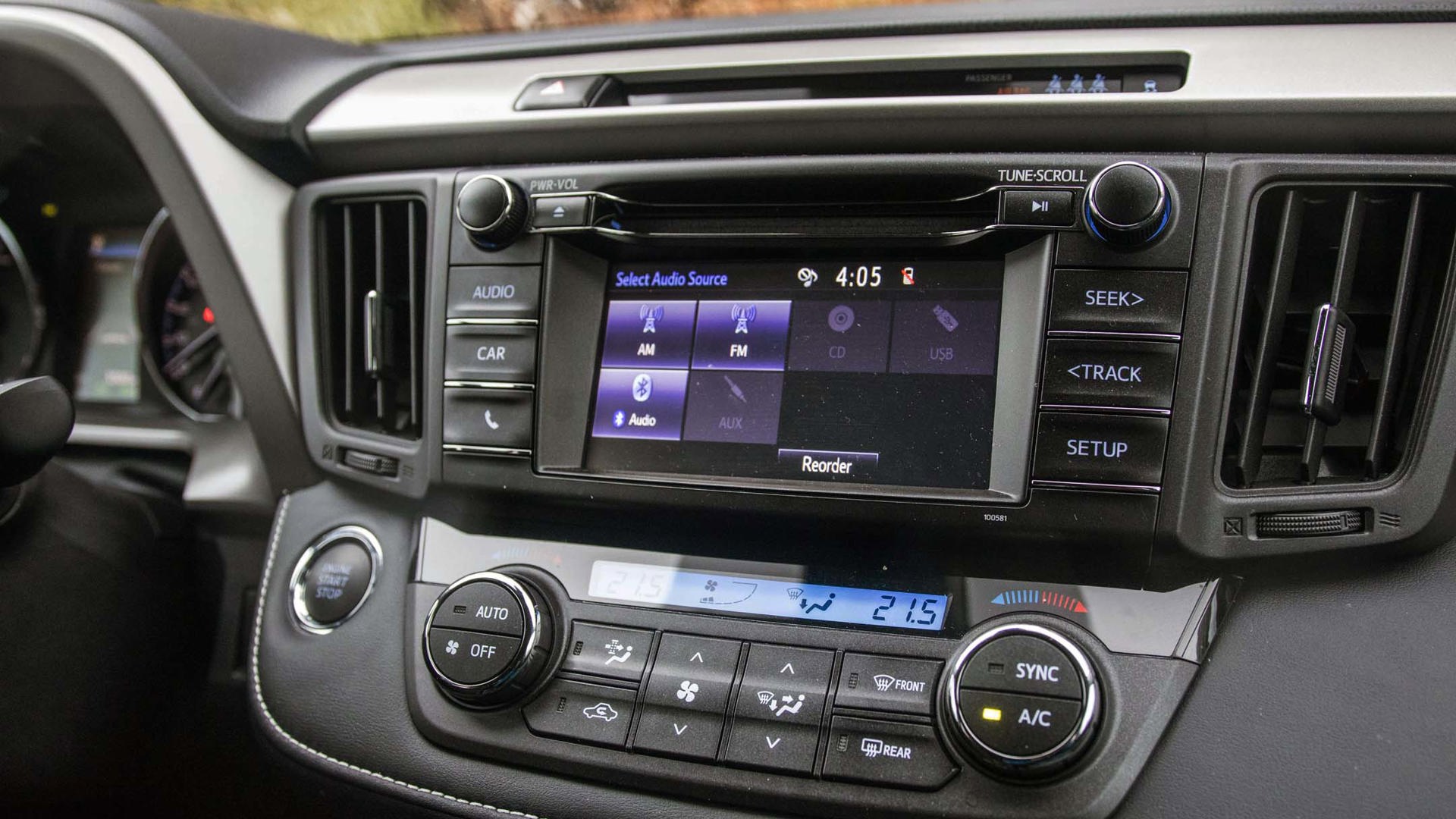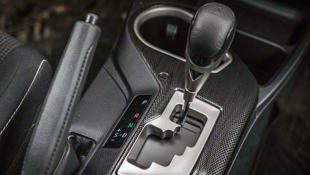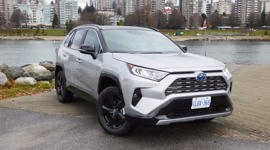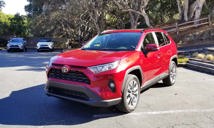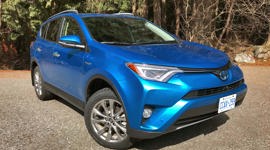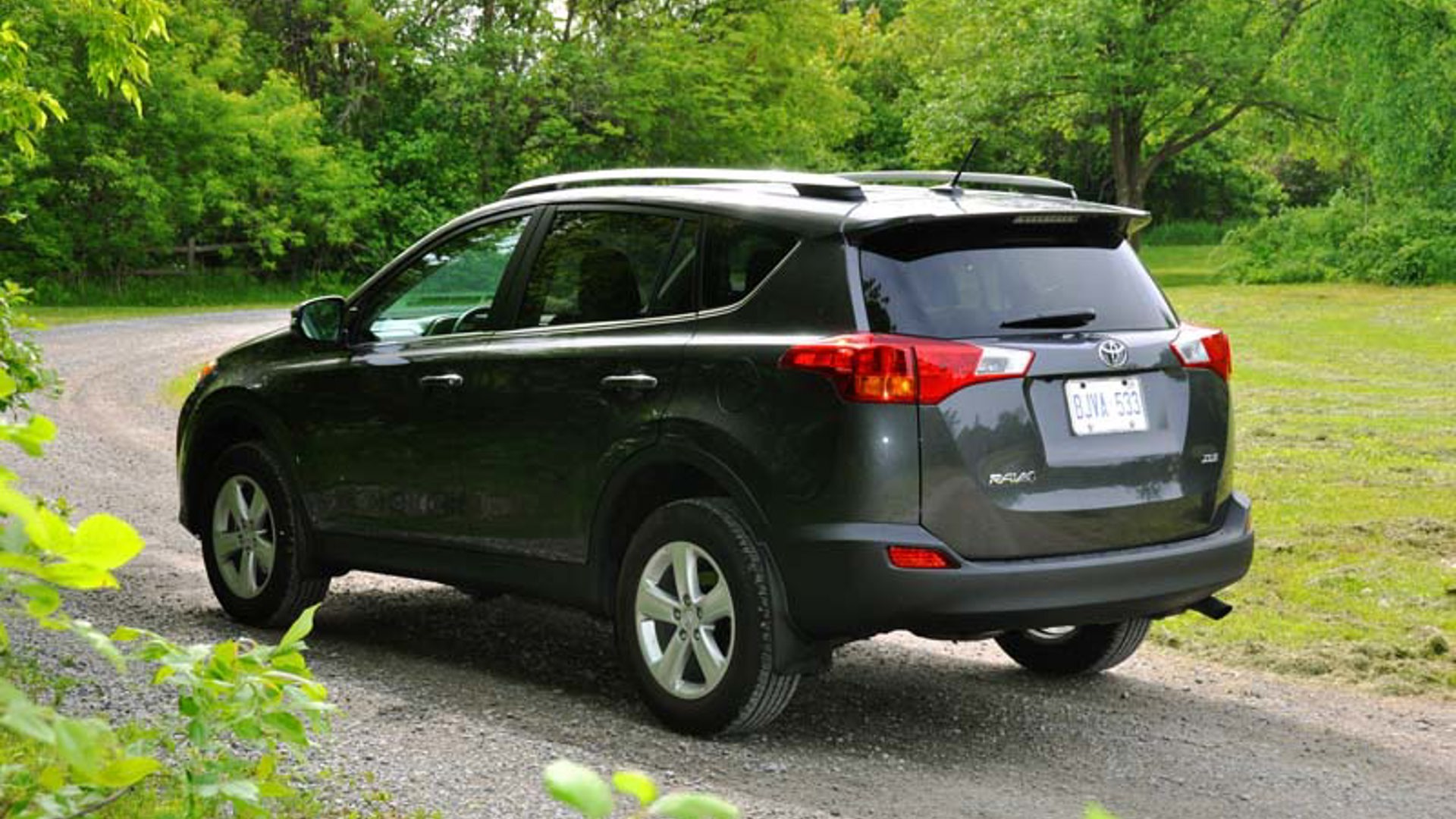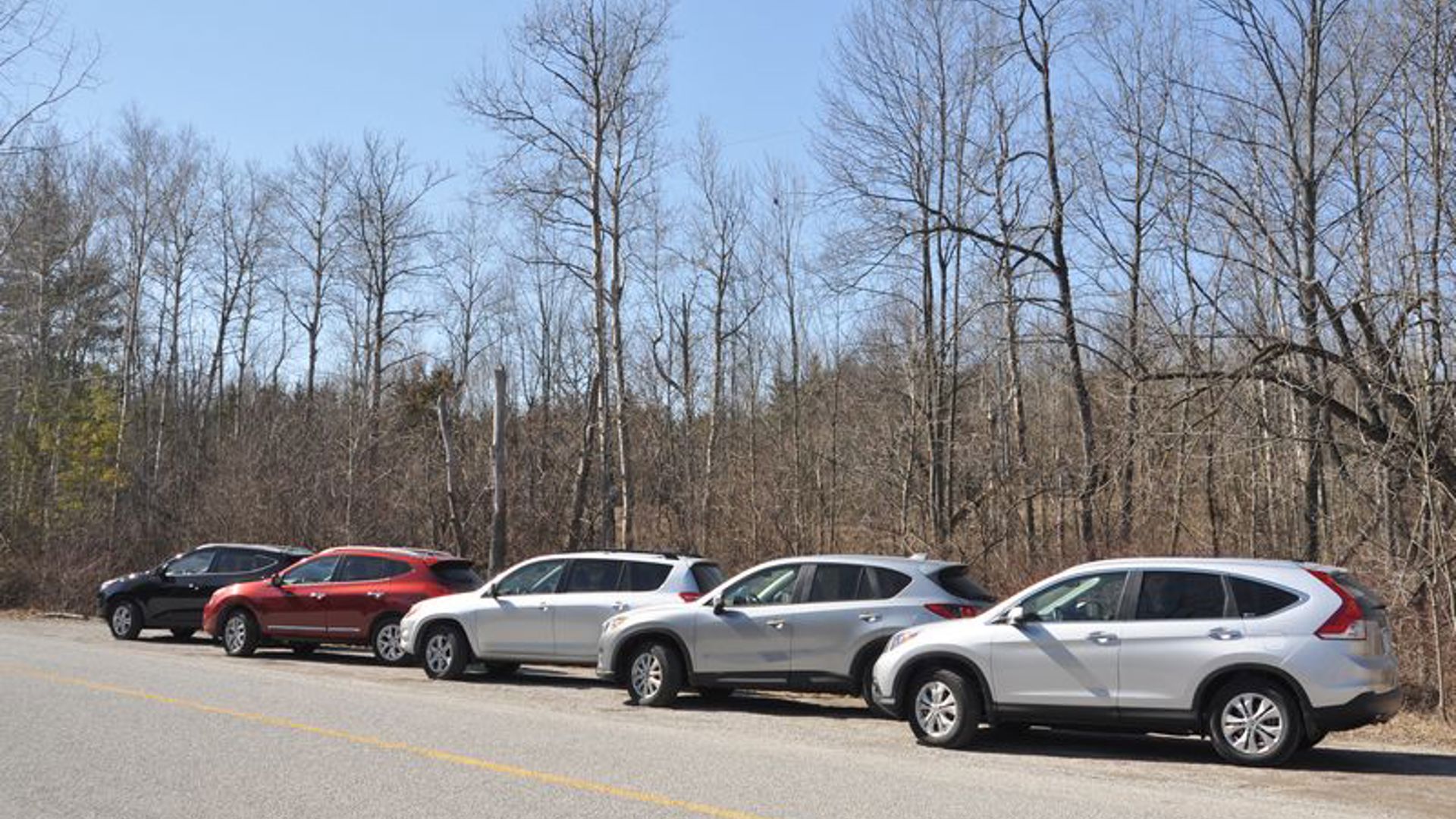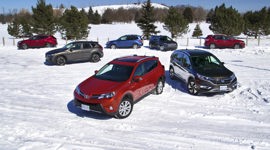 AutoTrader SCORE
AutoTrader SCORE
-
STYLING6/10
-
Safety6/10
-
PRACTICALITY8/10
-
USER-FRIENDLINESS7/10
-
FEATURES7/10
-
POWER7/10
-
COMFORT7/10
-
DRIVING FEEL7/10
-
FUEL ECONOMY7/10
-
VALUE8/10
In the summer of 1957, Robert Bateman and Bristol Foster took delivery of their specially prepared Land Rover, dubbed the Grizzly Torque. For more than a year, the Rover would become their home, with Bateman – who would become Canada’s most beloved wildlife artist – decorating its flanks with a mural for each country they visited.
The Trail’s 2.5L four-cylinder is about as innovative as GORP, but it has just enough steam to get this crossover up and moving from any roadside pit-stop.
The vehicle had everything a peripatetic adventurer might need: twin folding beds, a hatch on the roof for spotting wildlife, a simple and durable four-cylinder engine, that legendary Land Rover four-wheel drive, and a pair of fender-mounted jerrycans, cheekily inscribed with “Gin” and “Tonic”. Today, however, we’ve needed to pack along one more piece of useful equipment: a Toyota.
The Grizzly Torque is a rolling piece of Canadian history, but just now it’s decided to stop rolling. Our photoshoot interrupted, it’s back down to the workshop for a jerrycan and a crescent wrench in the decidedly non-Safari-ish RAV4.
Despite the large, mountain-themed badge out back, this Trail package adds little in the way of off-road capability to Toyota’s little mainstream soft-roader. Yes, there are mudguards and rubberized floormats and extra plastic body cladding and a black hood decal; but no, there’s not much in the way of mechanical upgrades. A slightly higher ride height versus the standard RAV4 – just 10 mm more – still sees this cute-ute boasting less clearance than the all-wheel-drive versions of the Sienna minivan.
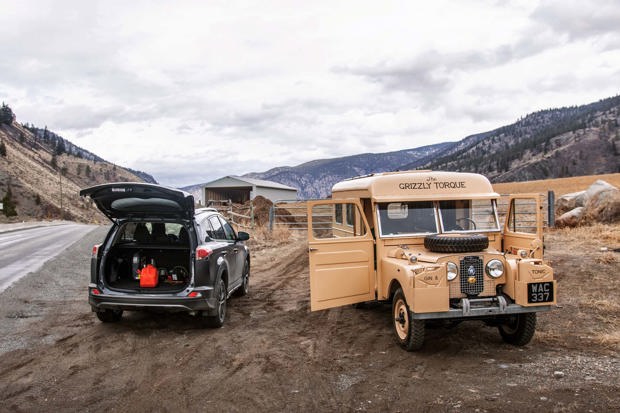
On first blush, the Trail seems like the kind of decals-and-stripes package you used to get in the 1970s, all show and no go. However, when the authentic, coach-built old battler wheezes to a stop, it’s the modern whippersnapper that’s easily able to zip off down a dirt road for help.
In the US market, the Trail edition is called the Adventure. Perhaps that’s a more fitting name, as the RAV4 and crossovers like it are less suited for off-road use, but still useful for the kind of gravelly expeditions a young family might have. The world Bateman and Foster lived in was wide open, just ripe for exploration. These days, you get off the airplane in some exotic spot and are promptly greeted by four Starbucks and a McDonald’s.
Most of our modern adventures are on tarmac these days, even when that adventure is over the hills and through the woods to grandmother’s house, while hoping grandmother doesn’t bring up her views on immigration reform again. Roads are paved or well-graded, but that doesn’t necessarily mean they’re boring, as evidenced by the three-hour drive it took to get up here. The path wound past the mighty Fraser and Thompson rivers, crested through sleet and rockfall, crossed valley plains, and cut through narrow canyons. The scenery was lovely, and the Trail handled things well.
Here are some things to like about the RAV4 Trail. One: it doesn’t have a front end composed of 98.3 percent faux grille – yet. It looks a bit like a bemused robot chipmunk. Two: while largely cosmetic, the packaging does add value, including 18-inch alloys and a heated steering wheel. Three: the combination of low rear loading height and rubberized luggage tray make this a great vehicle for dog owners.
So no, this vehicle doesn’t have the mechanical chutzpah of something like a Jeep Cherokee Trackhawk, but it looks a bit tougher than your standard RAV4, and should be just as durable and reliable in the long run. Moving to the inside, it’s easy to see why crossovers are murdering the minivan segment and making the family sedan a thing of the past.
Even with the slightly raised ride height, the Trail isn’t too tall for preschool-age kids to clamber aboard, and fitting a rear-facing child seat is easy. The reclining rear seats are handy if your brood’s a little taller, and the folding seats with fold-in headrests are a simple solution to expanding the cargo room. Even with all seats deployed, the RAV4’s trunk is pretty roomy, although the power rear liftgate is pretty slow.
Up front, this robo-squirrel is getting decidedly long in the tooth. Hard plastic abounds (at least it’ll wipe down well if you’re a muddy bunch), and Toyota really does love their big square Scrabble buttons. Also, someone appears to have stolen the lead singer of Poison’s snakeskin pants and had them laminated as interior trim.
The infotainment system functions well, but is certainly an older offering. If you want Apple CarPlay or Android Auto, you’ll have to wait for the 2019 model. The rest of the ergonomics are acceptable, with a deep pair of cupholders, and a tray that’s still large enough for smaller phones. I’d like to see the Highlander’s split-level shelf make its way in here, as the RAV4’s passenger-side pocket doesn’t appear all that useful.
Unlike competitors, Toyota seems loathe to turn to small-displacement turbocharged engines, despite the clear torque advantages, and theoretical efficiency improvements. Hooray! Hooray, I say, even though I’ve driven the Toyota 1.5L turbocharged four, and it’s pretty good.
The Trail’s 2.5L four-cylinder is about as innovative as GORP, but it has just enough steam to get this crossover up and moving from any roadside pit-stop. Passing heavily laden trailers in the spray did require full use of the throttle, but the RAV4 never felt underpowered.
Maybe a turbocharged engine would have had more punch, but this stalwart 2.5L will still be kicking around faithfully when the Trail is on its fourth outdoorsy owner, a hemp-wearing layabout named Moonbeam who has a glovebox suspiciously full of Visine. The six-speed automatic acquits itself well too, and should also be granite-grade reliable.
Compared to the standard RAV4, the Trail’s additional ride height is practically unnoticeable in terms of handling. On the curvier roads up the Fraser canyon, the Trail felt planted; it’s no sportscar, but rolls far less than the last Highlander I drove. The all-wheel drive system, while less technically advanced than some competitors, didn’t call attention to itself with miscues.
While winter tires may be blamed for high road noise, the RAV4 wasn’t excessively boomy, and rode quite well on highway surfaces. On cracked side-roads, and on gravel, the suspension has a much tougher time handling bigger bumps and potholes. Even at reasonable speeds, the traction control light starts to flicker.
Perhaps heavy 18-inch alloys weren’t the best choice for a crossover with some offroad chops, especially not when the much-more-serious 4Runner TRD Pro gets 17s. However, in mixed use the Trail is acceptable, and jouncing over ruts didn’t produce any lasting rattles.
On the way back down from the ranch where the Grizzly Torque now resides, the rain turned heavy, with standing water on the road, and huge contrails from the semi-trailers. As an inherently lazy person, I like to think of this kind of weather as God’s Car Wash.
The Trail shrugged off the damp conditions, and hurried on towards home without putting a foot wrong. It’s not the kind of vehicle you’d pick for a trip around the world. It’s not the right type of machine to take into serious back country. In fact, I’m pretty sure there are parts of Montreal where you might get stuck in a massive pothole.
However, for 90 percent of the types of adventures that ordinary Canadians have, the Trail is up to the task. It sets out, and it comes back, all without having to open the hood. Regrettably, that’s not something you can say about every adventure machine, even a legendary Land Rover.
| Engine Displacement | 2.5L |
|---|---|
| Engine Cylinders | 4 |
| Peak Horsepower | 176 hp @ 6,000 rpm |
| Peak Torque | 172 lb-ft @ 4,100 rpm |
| Fuel Economy | 10.5/8.3/9.5 L/100km city/hwy/cmb |
| Cargo Space | 1,087 L |
| Model Tested | 2018 Toyota RAV4 XLE AWD Trail |
| Base Price | $33,125 |
| A/C Tax | $100 |
| Destination Fee | $1,785 |
| Price as Tested | $37,085 |
|
Optional Equipment
$2,075 – Trail Package (heated steering wheel, 18" wheels, rubber trunk and cargo mats, mud guards and body moulding] $2,075
|
|

